What is a backlink audit?
A backlink audit is a crucial step in understanding and managing the links directing traffic to your website. By conducting this audit, you gain insight into the websites linking to yours, the specific pages on your site that attract the most backlinks, and any potentially harmful links that could negatively impact your site’s SEO performance.
Firstly, you’ll identify the websites from which you receive backlinks, allowing you to assess their authority and relevance to your niche. This insight helps you gauge the quality of your backlink profile and identify potential opportunities for collaboration or outreach.
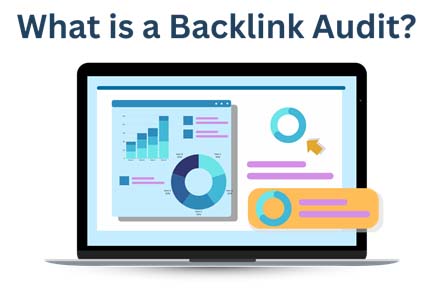
Secondly, you’ll analyze which pages on your site attract the most backlinks. Understanding which content is most link-worthy enables you to optimize your future content strategy and capitalize on your site’s strengths.
Next, you’ll identify any harmful backlinks that could be detrimental to your site’s SEO efforts. These could include links from spammy or low-quality websites, which may trigger penalties from search engines if not addressed promptly.
Finally, armed with this information, you’ll formulate a comprehensive plan to improve your backlink profile. This may involve disavowing harmful backlinks, reaching out to relevant websites for link-building opportunities, and optimizing your existing content to attract more high-quality backlinks. By banishing bad backlinks and strategically building new ones, you’ll enhance your site’s authority, visibility, and overall SEO performance.
Why should one perform a backlink audit?
Performing a backlink audit is like giving your website a check-up to ensure it’s healthy and thriving. Just as you visit a doctor for a regular check-up to catch any potential health issues early, a backlink audit helps you identify and address any issues with the links pointing to your website.
By conducting a backlink audit, you can see where your website’s backlinks are coming from and determine if they’re helping or hurting your site’s performance. It’s like taking a peek at the ingredients list of the food you eat to make sure it’s good for you!
Moreover, a backlink audit helps you understand which pages on your website are attracting the most backlinks, giving you insights into what content is resonating with your audience. This knowledge can guide your future content creation efforts, ensuring you continue to provide valuable information to your visitors.
Additionally, by identifying and removing harmful or spammy backlinks, you can protect your website from potential penalties by search engines. It’s like cleaning out the clutter from your house to create a safer and more welcoming environment.
Ultimately, performing a backlink audit is essential for maintaining the health and effectiveness of your website, ensuring it continues to rank well in search engine results and attract valuable traffic.
How to perform a backlink audit?
Performing a backlink audit is crucial for maintaining the health and performance of your website in search engine rankings. Backlinks are a significant factor in determining your site’s authority and relevance, but not all backlinks are beneficial. Some may be low-quality or even harmful, potentially leading to penalties from search engines. Conducting a thorough backlink audit helps identify problematic links and devise strategies to improve your site’s backlink profile. Below are 13 steps to guide you through the process of conducting a comprehensive backlink audit.
Step 1: Choose a Backlink Audit Tool
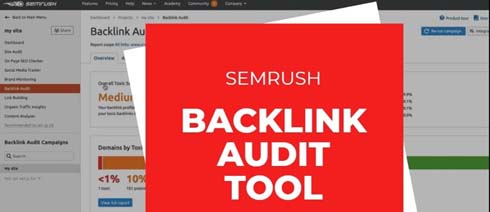
Selecting the right backlink audit tool is crucial for conducting a thorough analysis of your website’s backlink profile. While Google Search Console provides some data, utilising dedicated tools like Semrush offers more comprehensive insights. Semrush’s Backlink Audit tool stands out due to its extensive features, including backlink profile toxicity scores, number of referring domains, authority scores, and more. Despite the cost associated with Semrush’s paid plans, the benefits of detailed data and streamlined analysis outweigh the expense.
Step 2: Check the Total Number of Backlinks
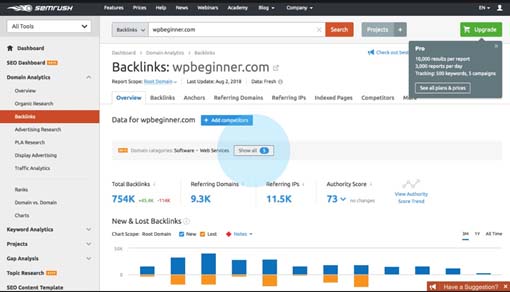
Begin the audit process by assessing the total number of backlinks pointing to your domain. While this metric offers a basic overview of your backlink profile, it doesn’t provide insights into link quality or competitiveness within your niche. However, monitoring fluctuations in total backlinks can help detect potential negative SEO attacks. Utilise Semrush’s Backlink Audit tool to effortlessly retrieve this data and compare it to competitors to gain perspective on your site’s performance.
Step 3: Identify Referring Domains and Unique Domains
The number of referring domains is a more meaningful metric than total backlinks, as it indicates the diversity and credibility of sites linking to yours. By analysing referring domains, you can gauge your site’s authority and trustworthiness in the eyes of search engines. Semrush allows you to filter referring domains based on authority score, ensuring you focus on high-quality backlinks. Additionally, monitoring weekly changes in referring domains provides valuable insights into your site’s link acquisition trends.
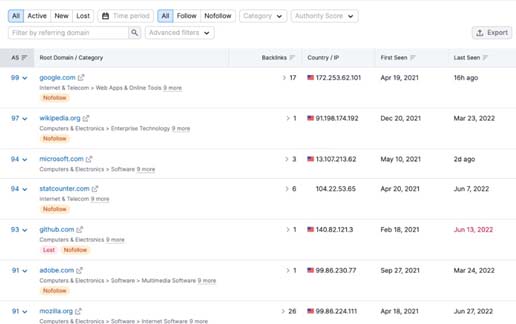
In conclusion, selecting the right backlink audit tool like Semrush and utilising its features effectively can streamline the auditing process and provide actionable insights to enhance your site’s backlink profile. By assessing metrics such as total backlinks, referring domains, and unique domains, you can identify areas for improvement and develop strategies to strengthen your site’s authority and competitiveness in search engine rankings.
Step 4: Performing a Competitor Backlink Gap Analysis
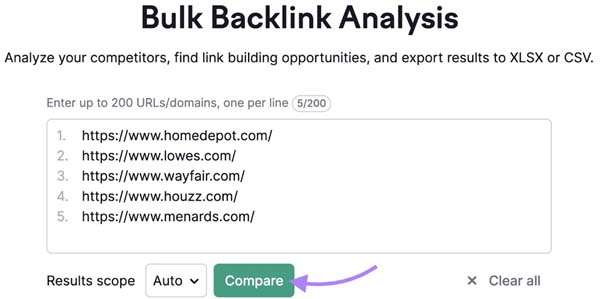
Conducting a backlink gap analysis involves comparing the backlink profiles of your website and your competitors’ to identify missed opportunities. Utilizing tools like SEMrush’s Backlink Gap tool allows you to input your domain along with up to four competitors’ domains. The tool generates a comprehensive report highlighting domains from which your competitors have backlinks but you do not. By identifying common backlink sources among competitors, you can uncover potential link-building opportunities. Prioritize acquiring backlinks from domains that multiple competitors share, as these are likely to be valuable for your site as well. Additionally, consider exploring domains unique to individual competitors, as they may offer niche opportunities for link acquisition.
Step 5: Analyzing Link Quality
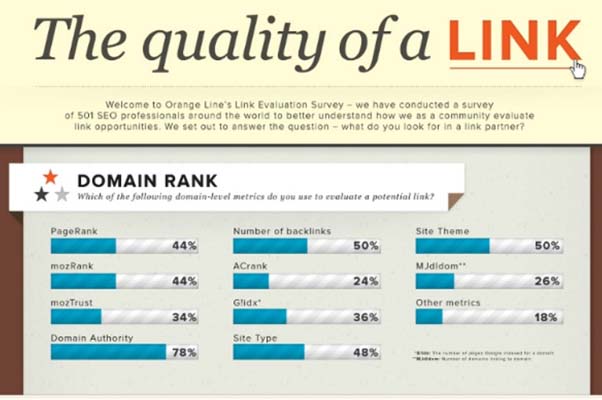
The quality of backlinks is paramount to their effectiveness in boosting your site’s SEO. While it’s essential to match your competitors’ backlink quantity, focusing solely on quantity overlooks the importance of link quality. High-quality backlinks come from sites that are topically relevant, authoritative, and receive substantial organic search traffic. Tools like SEMrush provide metrics such as Authority Score to assess the quality of referring domains. Look for backlinks from sites with a balanced ratio of inbound to outbound links and a diverse backlink profile. Evaluating link placement within the referring page is also crucial; high-quality links are typically placed near the top of the page and use relevant anchor text surrounded by relevant content.
Step 6: Checking Dofollow to Nofollow Link Ratio

Understanding the ratio of dofollow to nofollow links in your backlink profile is essential for maintaining a natural link profile and avoiding penalties from search engines. Dofollow links allow search engine crawlers to follow them and pass on link juice to your site, contributing to improved rankings. In contrast, nofollow links do not pass on link juice but still provide value by promoting your content to users and enhancing brand exposure. Google views a balanced ratio of dofollow to nofollow links favourably, typically around 70:30 or 75:25 in favour of dofollow links. SEMrush’s Backlink Analytics tool provides insights into your backlink profile’s link attributes, allowing you to monitor and adjust your link-building strategy accordingly to maintain a natural link profile.

In summary, conducting a backlink gap analysis, analyzing link quality, and monitoring your dofollow to nofollow link ratio are critical steps in building and maintaining a healthy backlink profile. By identifying missed opportunities through competitor analysis, prioritizing high-quality backlinks, and maintaining a balanced link attribute ratio, you can enhance your site’s authority, relevance, and search engine rankings over time.
Step 7: Comparing the Types of Backlinks your Site Has
In the realm of backlink acquisition, understanding the various types of backlinks your site possesses is essential for crafting a diversified and effective link-building strategy. Backlinks come in different forms, each with its own significance and impact on your site’s SEO performance. Common types of backlinks include press releases, comment links, links from social media posts, bio links, business profile links, guest posts, HARO (help a reporter out) mentions, high-quality directory links, editorial backlinks, and even paid backlinks (provided they are properly labelled with rel=”nofollow” or rel=”sponsored” attributes).
Step 8: Identifying Spammy and Toxic Backlinks
In the ever-evolving landscape of SEO, the presence of spammy or toxic backlinks can significantly harm your site’s search engine rankings and reputation. Spammy backlinks are characterized by their manipulative nature and lack of genuine relevance or value to users. These can include links from non-indexed sites, link farms, excessive exact-match anchors, irrelevant or low-quality websites, and blog post comment spam links.

Identifying and mitigating the impact of such toxic backlinks is paramount to maintaining a healthy backlink profile and safeguarding your site against potential penalties from search engines. Leveraging tools like SEMrush’s Backlink Audit tool enables you to assess the toxicity of your backlink profile and identify harmful links that warrant disavowal. By proactively disavowing toxic backlinks and adhering to Google’s Webmaster Quality Guidelines, you can mitigate the risk of penalties and safeguard your site’s SEO performance and reputation.
Step 9: Understanding Content that Gets Linked to the Most
Analyzing the content that attracts the most backlinks offers valuable insights into your site’s linkable assets and areas for improvement. By examining your most-linked pages, you can identify content themes, topics, and formats that resonate with your audience and attract organic backlinks. Additionally, comparing your top-linked pages with those of your competitors unveils potential content gaps and opportunities for content enhancement or creation.
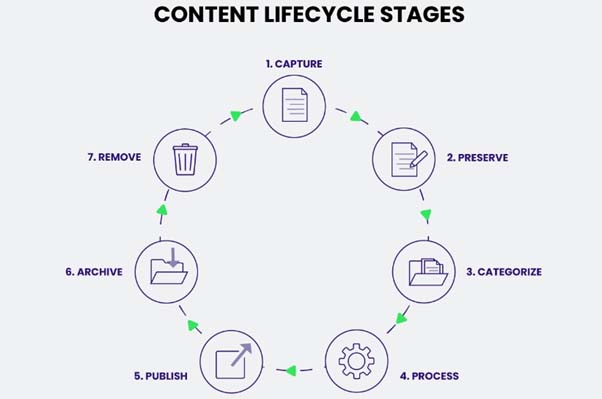
Pages with a high number of backlinks signify their perceived value and relevance within your industry, while pages with fewer backlinks may indicate areas for optimization or content refresh. Utilizing tools like SEMrush’s Backlink Analytics allows you to delve into the backlink profiles of your top pages, assess their performance, and strategize ways to enhance their link acquisition potential. By leveraging insights from your most-linked pages, you can refine your content strategy, prioritize link-building efforts, and bolster your site’s authority and visibility in search engine results pages.
Step 10: Finding and Exploiting 404 Errors

404 errors, also known as broken links, pose challenges both for user experience and SEO. When a page is deleted without implementing a redirect, users encounter a dead end, leading to frustration and potential loss of engagement. Moreover, the link juice from referring domains pointing to the non-existent page is wasted.
Step 11: Checking Your ccTLD Distribution
The distribution of Country Code Top-Level Domains (ccTLDs) in your backlink profile is a critical aspect of maintaining a natural and credible link profile. Backlinks from sites with ccTLDs different from your site’s domain may raise red flags to search engines, potentially indicating manipulative link-building tactics. Tools like SEMrush’s Backlink Analytics provide insights into ccTLD distribution, enabling website owners to assess the geographic diversity of their backlink profile and take corrective actions if necessary. Step 12: Identifying Negative SEO Attacks
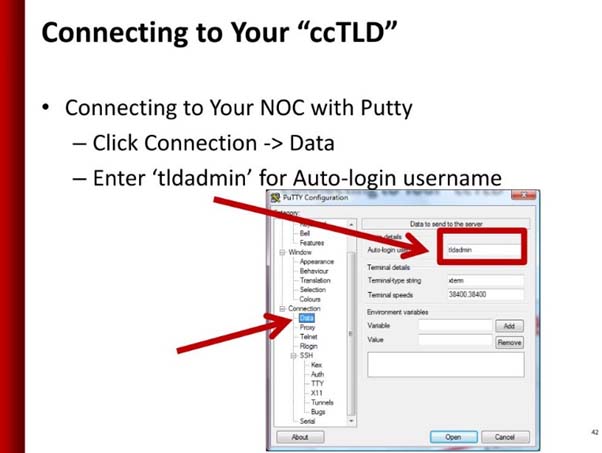
Negative SEO attacks pose significant threats to website rankings and reputation, making early detection imperative for mitigating potential damages. These malicious tactics involve attempts by competitors or malicious actors to manipulate a site’s rankings through harmful link-building practices. Common signs of negative SEO attacks include sudden spikes or drops in backlink quantity, spammy anchor texts, and an increase in the Toxicity Score of backlinks.
Conclusion
In conclusion, conducting a manual backlink audit is an essential process for optimizing SEO performance and maintaining a healthy link profile. By following the step-by-step approach outlined above, website owners can identify missed opportunities, assess link quality, and mitigate potential risks such as toxic backlinks or negative SEO attacks. Leveraging tools like SEMrush’s Backlink Audit tool enables thorough analysis and informed decision-making to enhance backlink effectiveness and overall site authority. With regular audits and proactive measures, site owners can ensure their backlink strategies align with best practices, driving sustained organic traffic and maximizing visibility in search engine results.